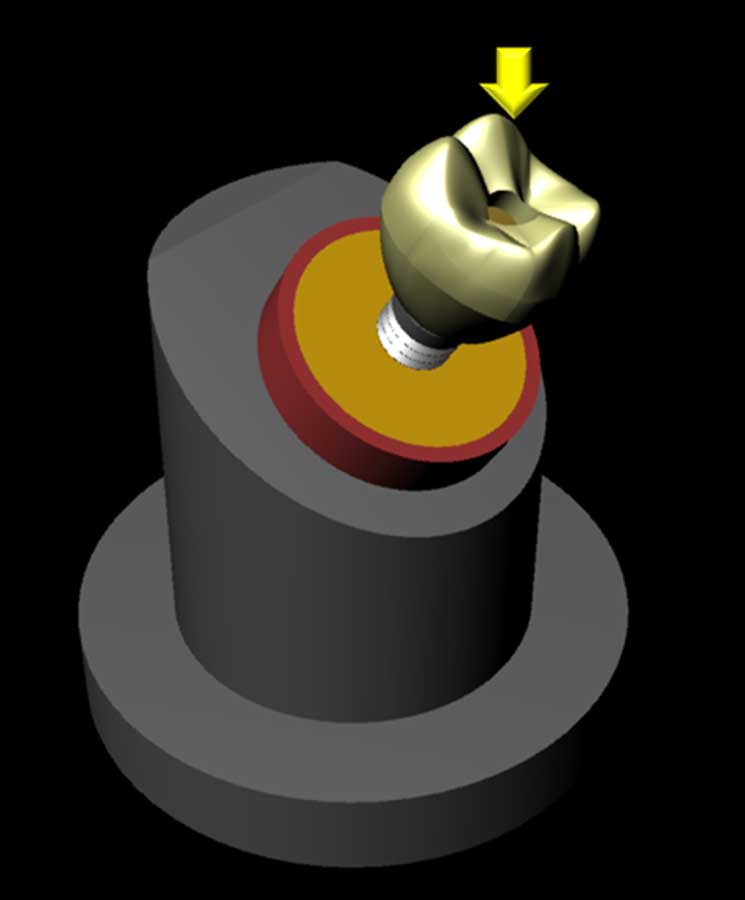Influence of implant connection on the stress distribution in restorations performed with hybrid abutments

Published: 28 August 2019
Abstract Views: 970
pdf: 751
Publisher's note
All claims expressed in this article are solely those of the authors and do not necessarily represent those of their affiliated organizations, or those of the publisher, the editors and the reviewers. Any product that may be evaluated in this article or claim that may be made by its manufacturer is not guaranteed or endorsed by the publisher.
All claims expressed in this article are solely those of the authors and do not necessarily represent those of their affiliated organizations, or those of the publisher, the editors and the reviewers. Any product that may be evaluated in this article or claim that may be made by its manufacturer is not guaranteed or endorsed by the publisher.
Similar Articles
- S. Srivastava, V. Kumar, P. Yadav, B. Singh, S.K. Singh, S.K. Sarangi, Retightening of Internal Hexagonal and Conical Dental Abutment Connections: A FEA Analysis. , Journal of Osseointegration: Vol. 16 No. 1 (2024)
You may also start an advanced similarity search for this article.


 https://doi.org/10.23805/JO.2019.11.03.08
https://doi.org/10.23805/JO.2019.11.03.08







